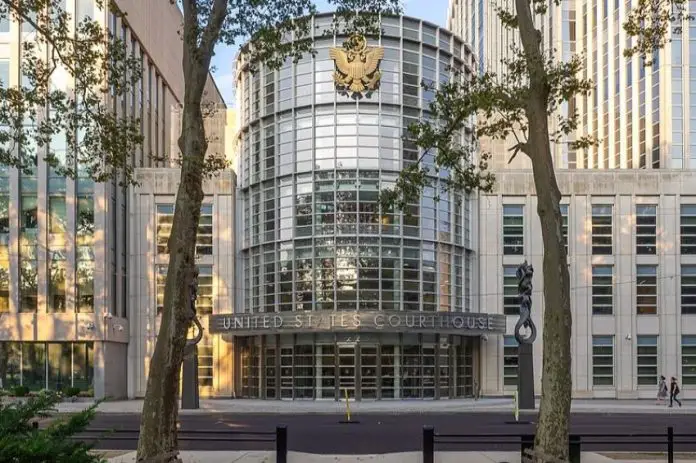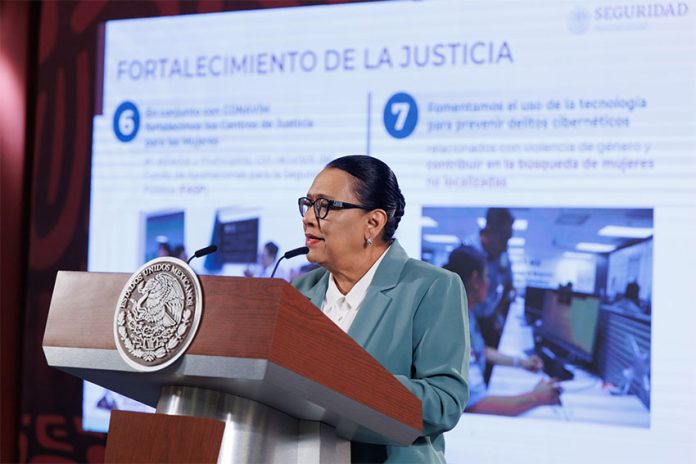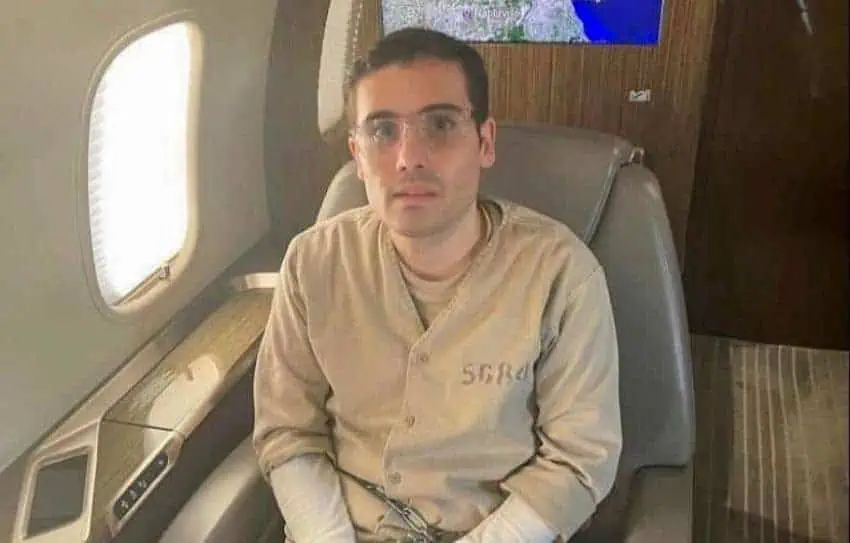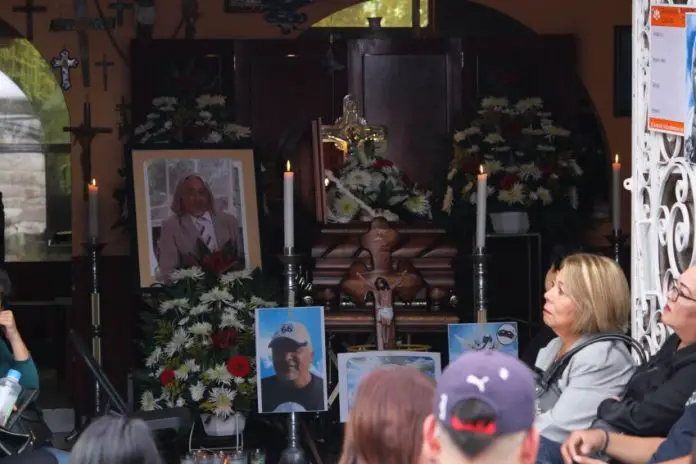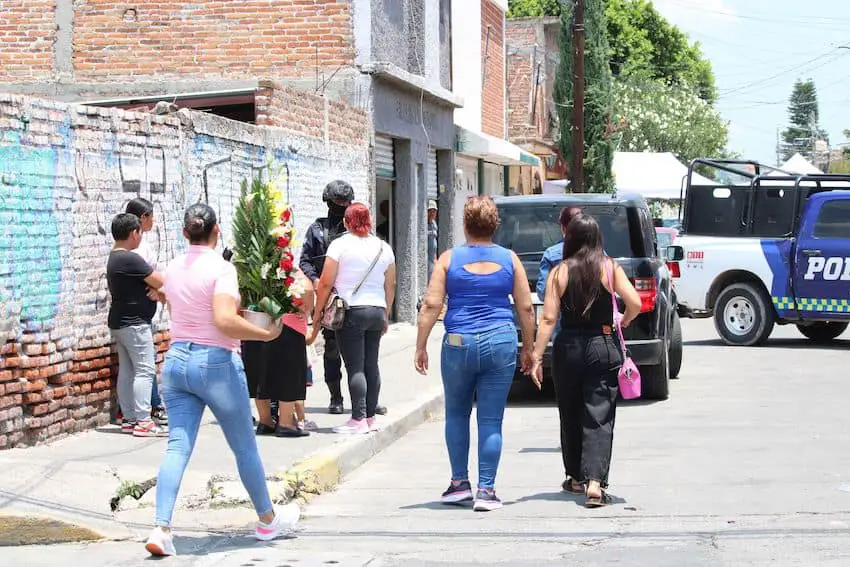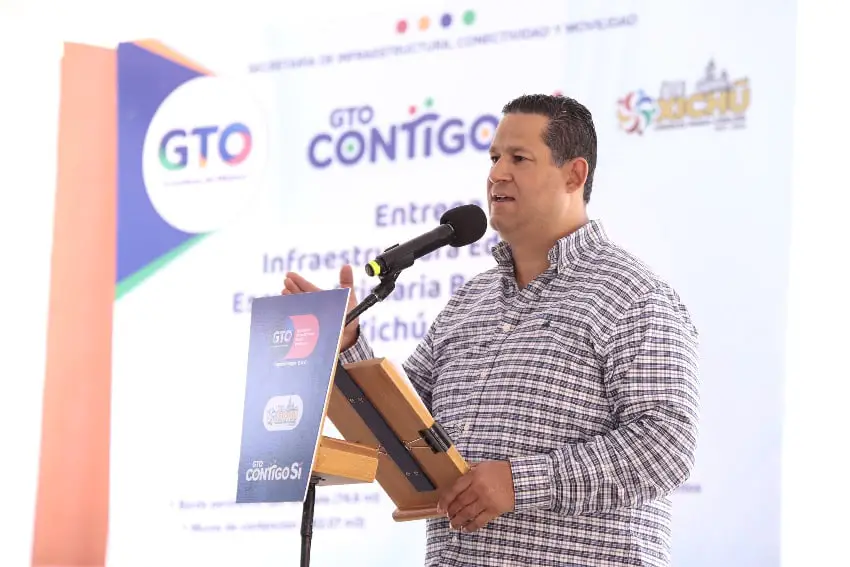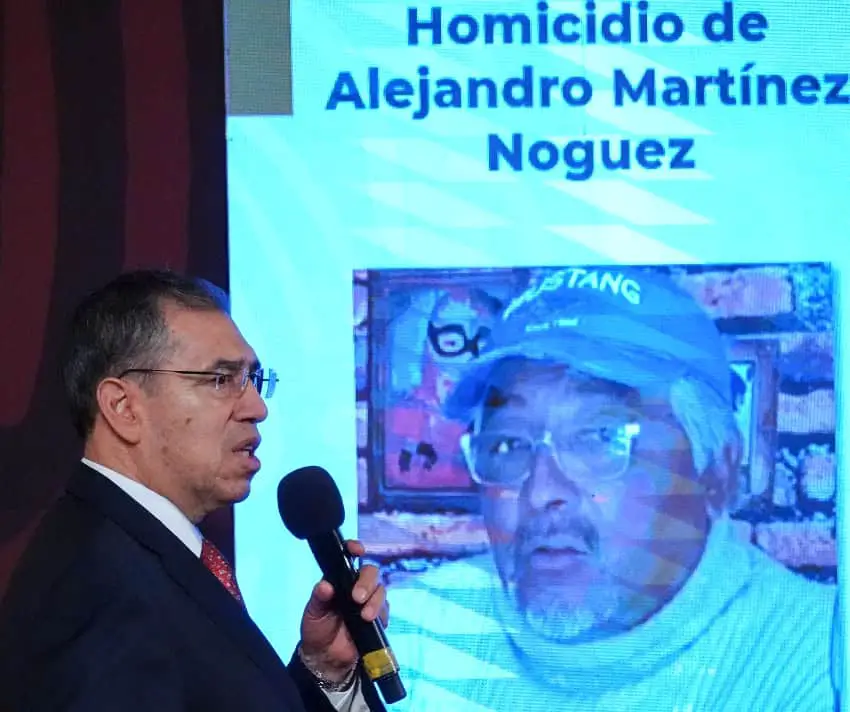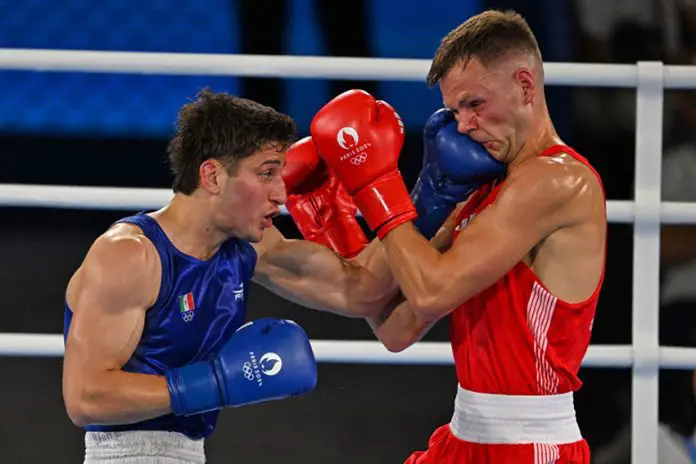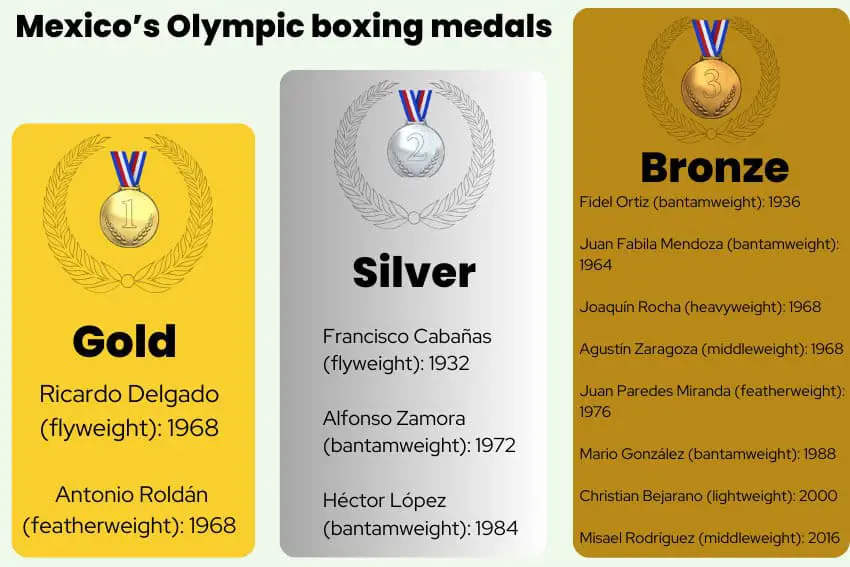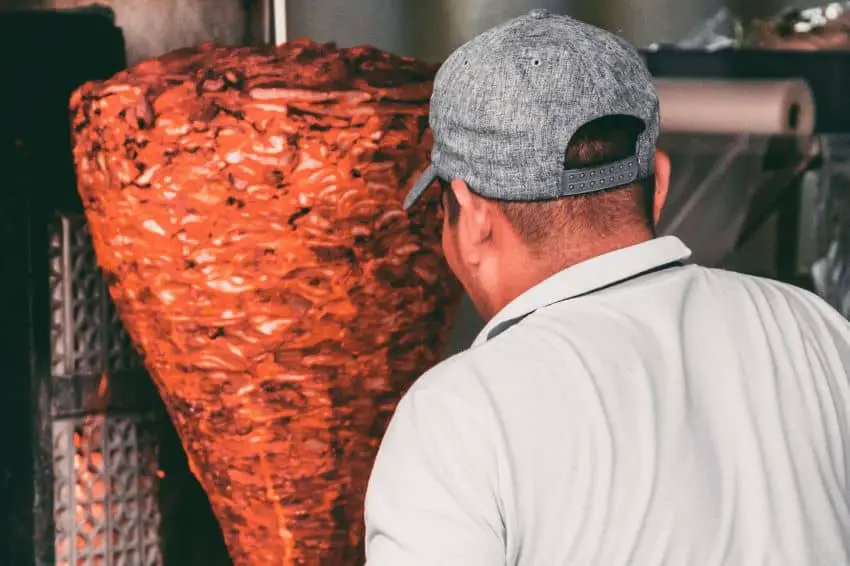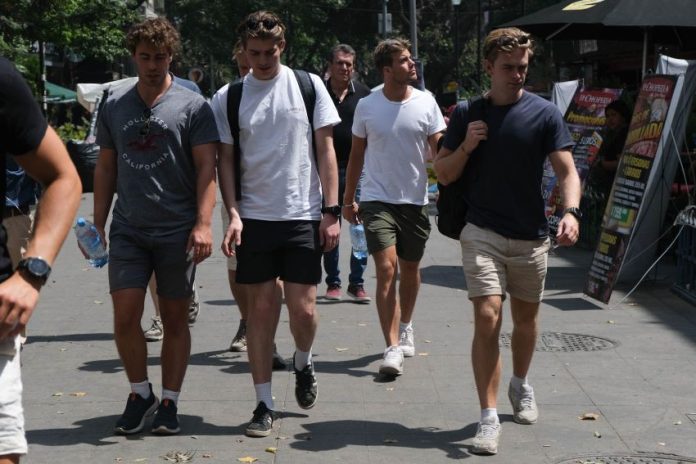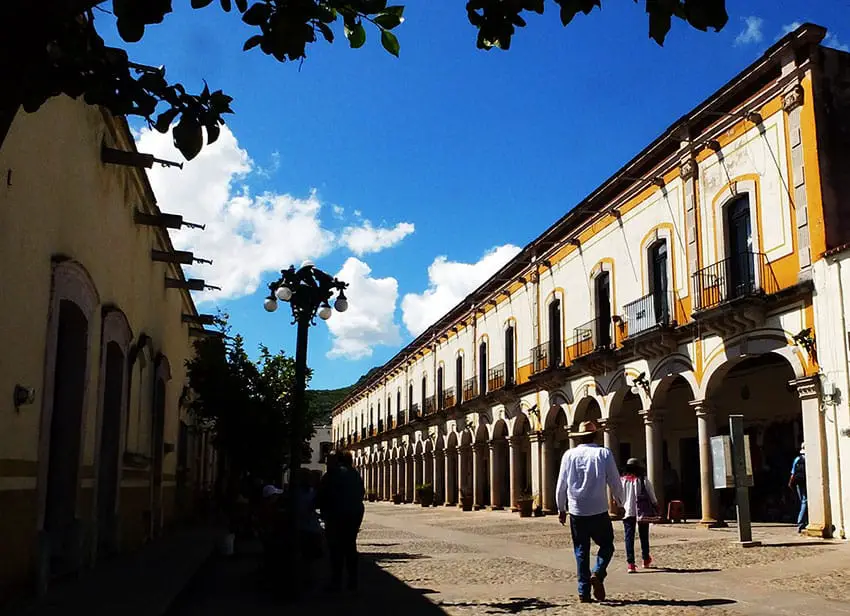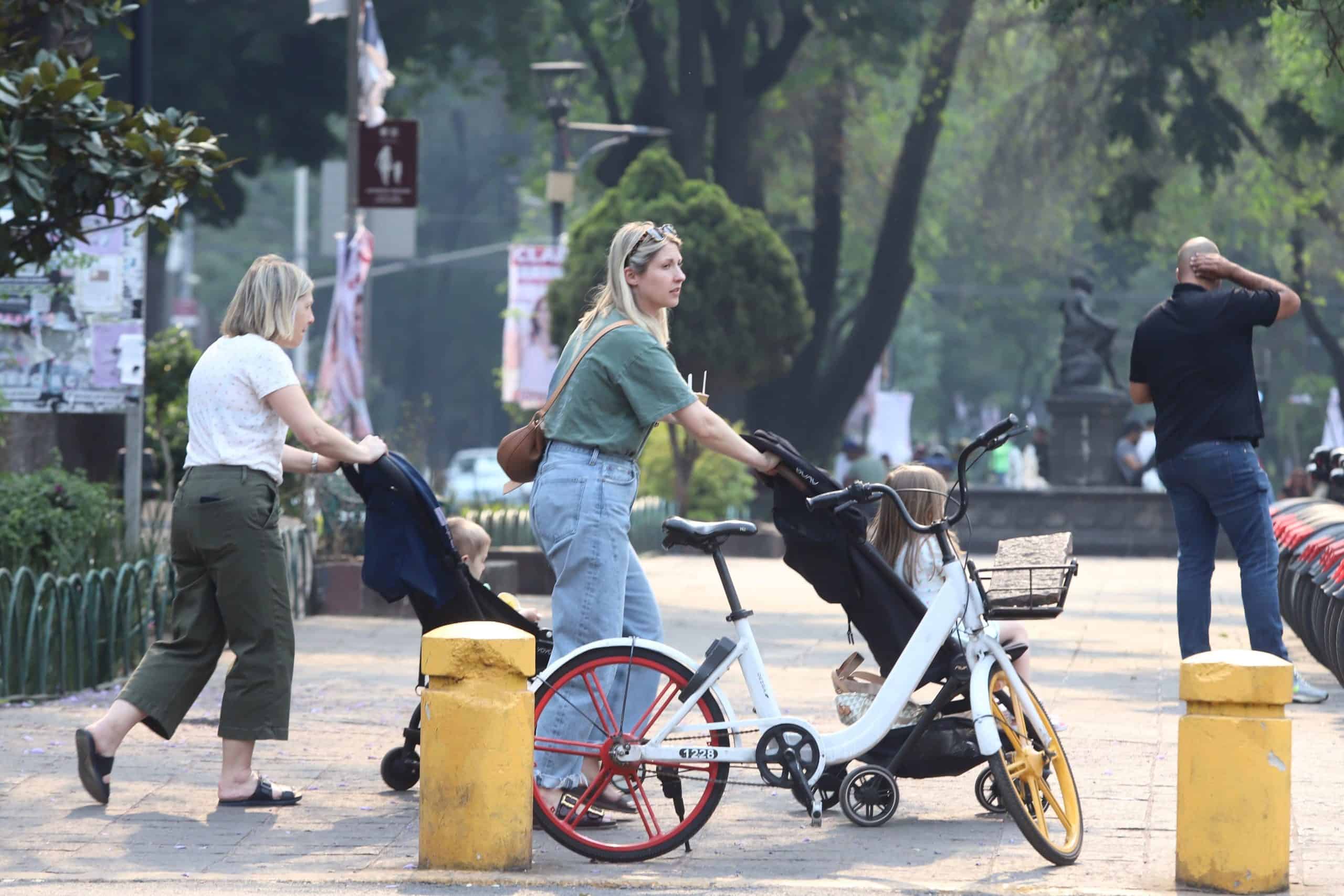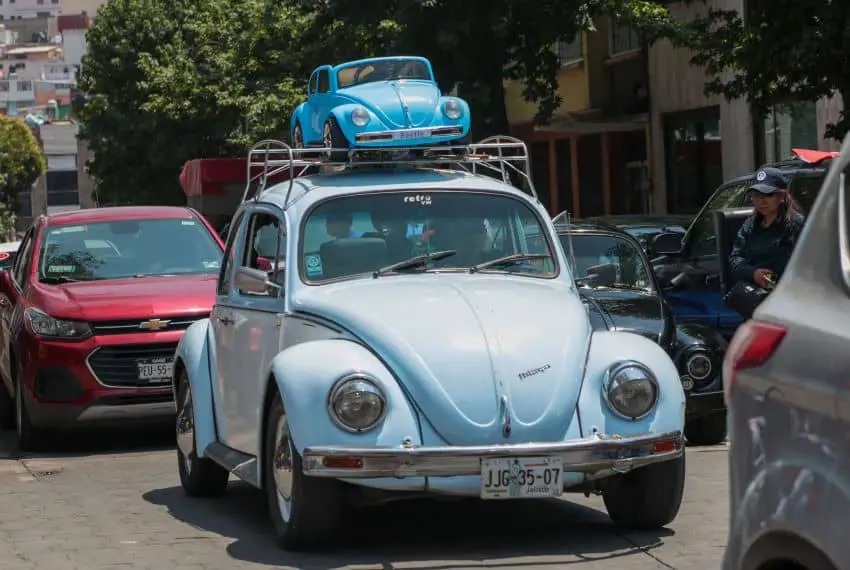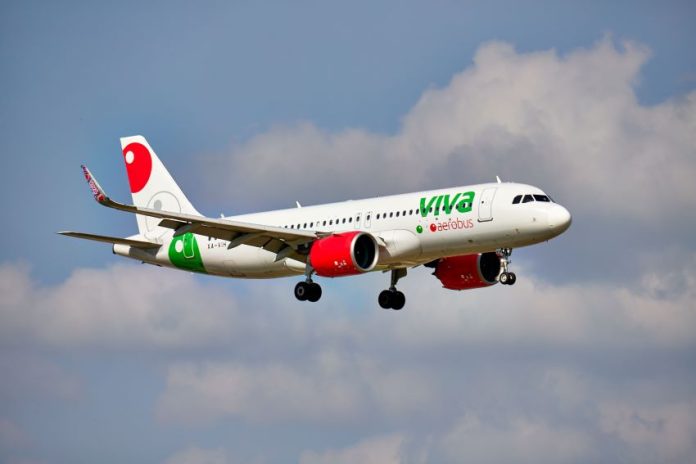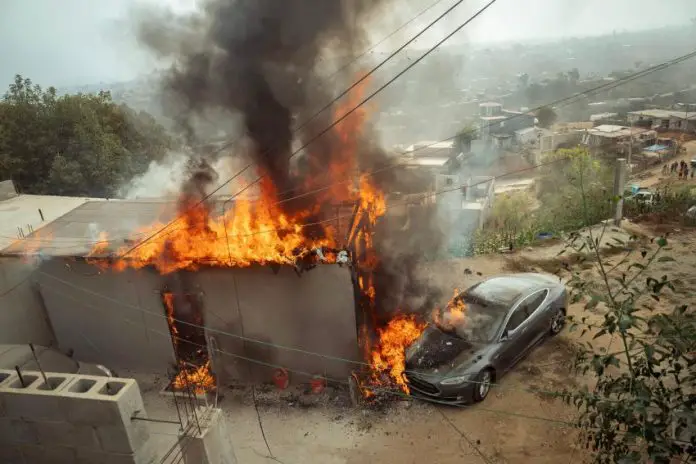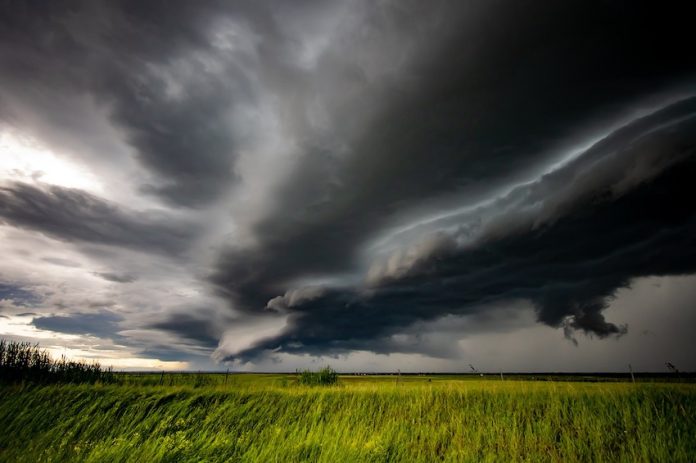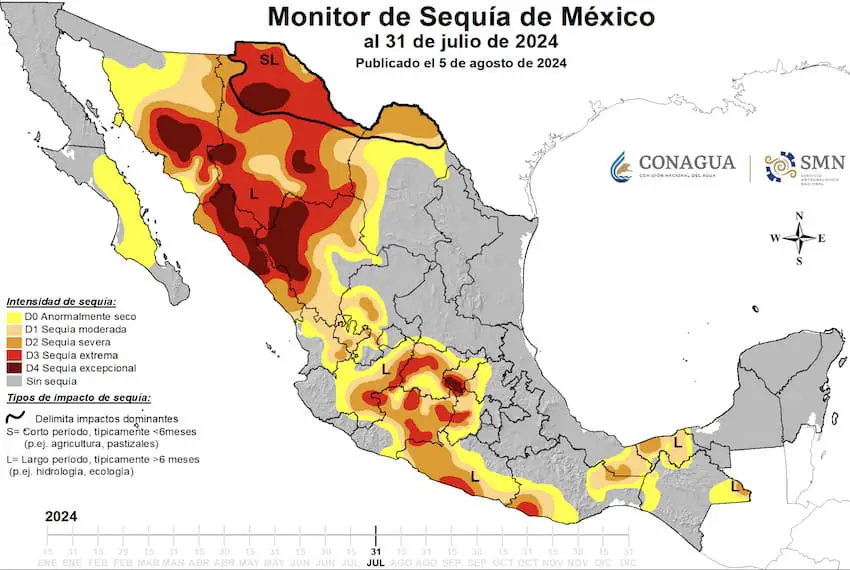Alleged Sinaloa Cartel leader Ismael “El Mayo” Zambada García will soon be sent to New York to stand trial in the same Brooklyn courthouse where Joaquín “El Chapo” Guzmán Loera was convicted in 2019, according to The New York Times.
Zambada, 76, is currently in El Paso, Texas, where he pleaded not guilty to crimes including drug trafficking, money laundering and conspiracy to commit murder.
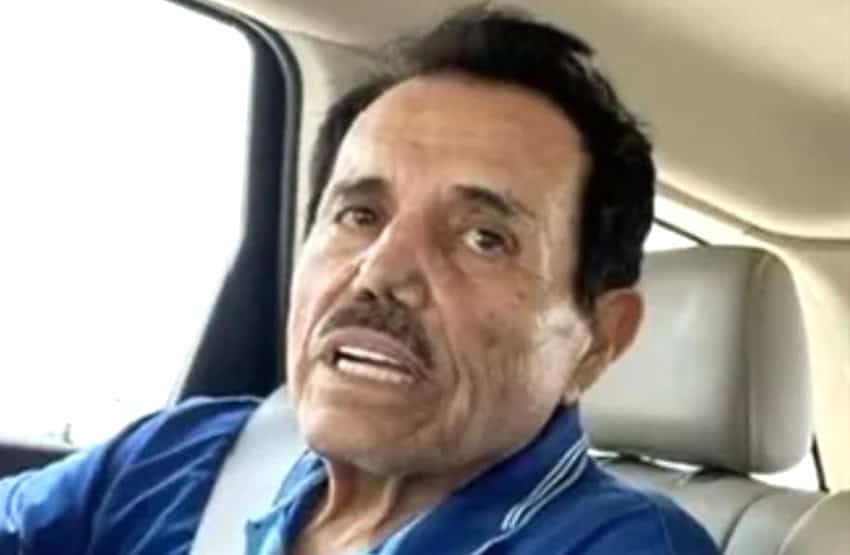
He was arrested on July 25 after flying into an airport near El Paso with Joaquín Guzmán López, one of El Chapo’s sons. Guzmán López, who was also detained, pleaded not guilty to drug trafficking and other charges during an appearance in federal court in Chicago last week.
Citing “four people familiar with the situation,” The New York Times reported Tuesday that the U.S. Justice Department decided to transfer Zambada to Brooklyn to stand trial.
Therefore, the Times said, he will face trial in the same federal courthouse where Guzmán Loera was convicted on drug trafficking charges in February 2019. El Chapo, who founded the Sinaloa Cartel with Zambada and others, was sentenced to life in prison in July 2019 and subsequently transferred to the Florence Supermax facility in Colorado.
The Times said that federal prosecutors in El Paso “vehemently sought” to keep the case against Zambada in Texas. Still, the Justice Department opted to send the suspect to Brooklyn “because they felt the case there was strong and they were concerned about the security issues involved in pursuing charges against a major Mexican drug lord so close to the border.”
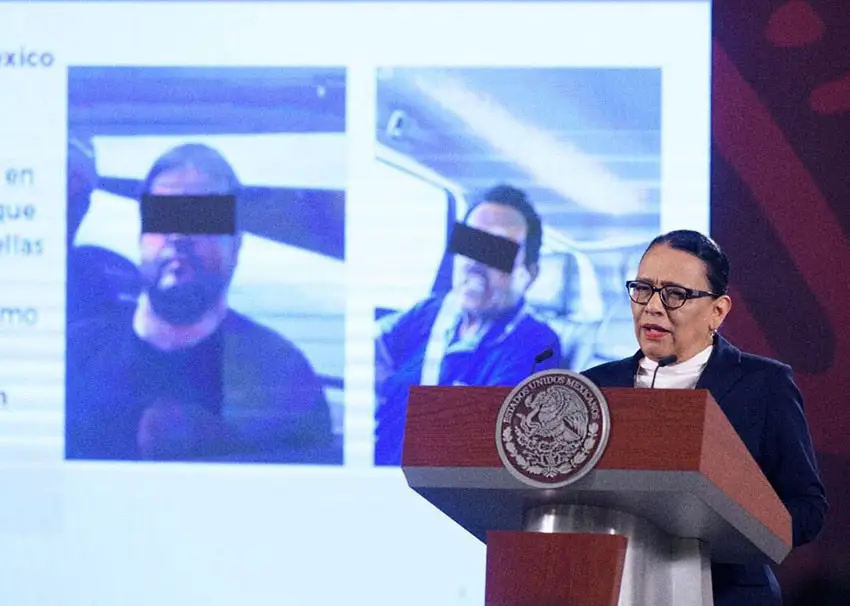
The newspaper said its sources also noted that some of the prosecutors involved in Guzmán Loera’s trial have agreed to prosecute Zambada’s case. In addition, the presiding judge in El Chapo’s trial, Brian Cogan, is “well versed in the issues surrounding the prosecution,” The Times said.
The newspaper said it was unclear when Zambada would be transferred to Brooklyn.
Citing three unnamed sources, The Times also reported that Zambada was “lured” from a mountaintop hide-out to the Sinaloa capital of Culiacán, where he “believed he was going to help one of El Chapo’s sons, Joaquín Guzmán López, mediate a dispute between two local politicians.”
“Instead, he was ambushed, muscled onto a plane and flown across the border to a small regional airport near El Paso, where agents from the F.B.I. and Homeland Security Investigations were waiting for him,” The Times said.
Zambada’s lawyer, Frank Perez, said in late July that Guzmán López “forcibly kidnapped” his client, “forced” him onto a plane and took him to the United States “against his will.”
The United States government hasn’t made any public statement clarifying how Zambada and Guzmán López came to be arrested on July 25.
Mexico’s Federal Security Minister Rosa Icela Rodríguez said Tuesday that the Mexican government expected to receive “a complete report” on the arrests of the two men by the end of this week.
The lawyers for both Zambada and Guzmán López have said that their clients didn’t enter into any kind of agreement with U.S. authorities prior to their arrest.
However, President Andrés Manuel López Obrador said Tuesday that Guzmán López — an alleged member of the Los Chapitos faction of the Sinaloa Cartel — had been negotiating with the U.S. government and “apparently” reached a deal.
With reports from The New York Times
